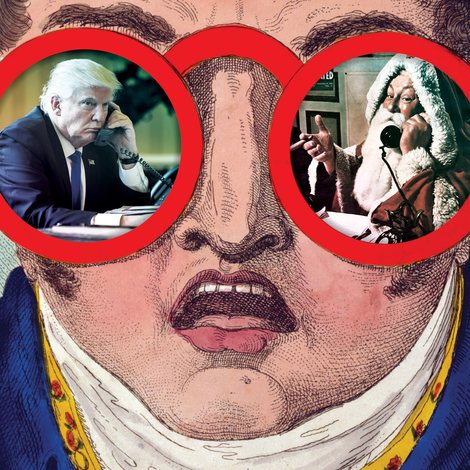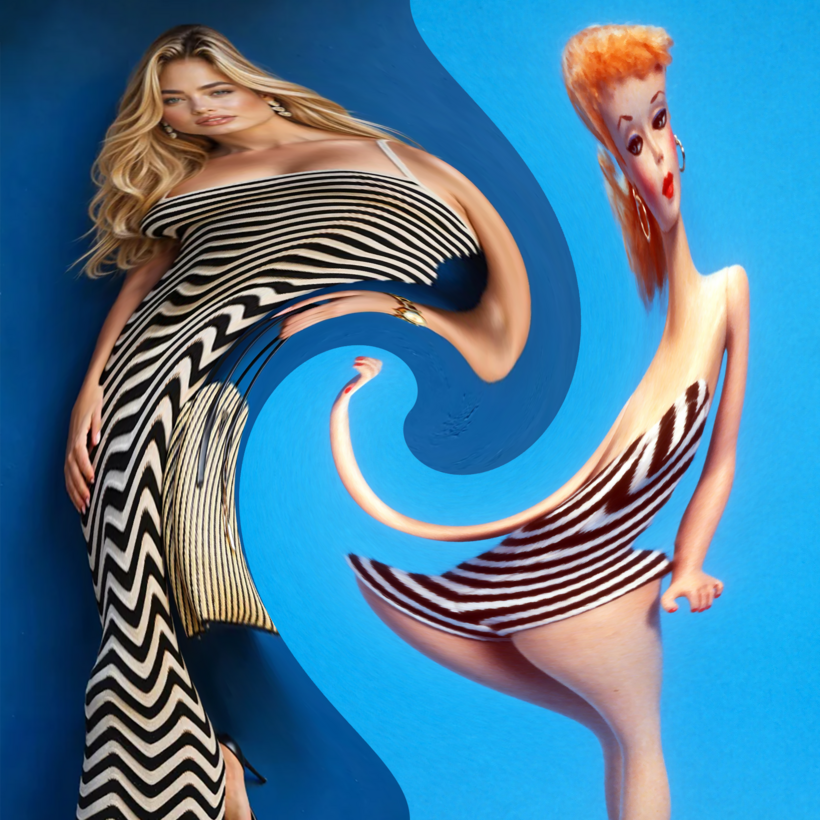In Naomi Alderman’s forthcoming book about social media, Don’t Burn Anyone at the Stake Today, she makes the suggestion that the most important fact anyone can know at any point in their lives is what era they are living through — how these times will be referred to in future history books. “For instance, if you’re living through a time that will later be referred to as ‘the Terror’, that will be very useful, and scary, information for you,” she points out.
While Alderman’s book focuses on the suggestion that we are living through a time that will probably have a name such as the Era of Information Chaos — due to social media, conspiracy theories and fake news — last week another suggestion raised its head.
An extremely controversial two-page advert for the high-street fashion house Guess ran in the August edition of Vogue and seemed to imply that we may also be living through a time when the word “women’s” in the phrase “women’s fashion” will finally become obsolete. This era could well be the End of Actual Human Women.
Why? Well, while the Guess advert seemed to show a woman wearing two of the fashion chain’s latest items — a black and white zigzag number, tight on the hips, and a long-sleeved playsuit — it wasn’t a woman at all. The small print on the photo noted that this was an A.I. model “produced” by the A.I. marketing company Seraphinne Vallora.

The blonde, blue-eyed model with impossibly long legs — one observer estimated that, given the proportions, in real life she would be more than 7ft tall — doesn’t exist. A company that makes clothes for women doesn’t want to show you those clothes on a woman. Actual, real women may not show the clothes to their best advantage. Far better to get some pixel cartoon to model them instead.
The backlash has been immediate — there have been calls for boycotts of Guess and Vogue, with horrified women posting messages such as, “Great. The new beauty standard will be literally unobtainable because it’s not real.”
And there is indeed something undeniably dispiriting, and quite dark, about the whole move. Modeling agencies and Vogue have access to the most beautiful women in the world. The 21st century has come up with countless ways for that beauty to be enhanced. And yet even in a world of supermodels and Botox and Ozempic and plastic surgery and magician-like make-up and hair artists, women are still not beautiful enough for … who? Guess? Vogue? Us?
Who is it that’s looking at the Victoria’s Secret models and thinking, “No — women still need to be better. I will not rest until we start making them without pores or internal organs. If I’m selling a $170 maxi dress, an actual human in the vicinity is only going to drag the whole project down. When it comes to women, I want their money but I don’t want them touching the frocks.
“At the end of the day, rather than inventing clothes that make women look good, it’s just better to invent women that make the clothes look good. We’re giving up on that whole ‘using tailoring skills to create flattering items’ business.”
While I’m sure feminism will continue to discuss the ethics of A.I. models for a long time to come — “fighting the uninvention of women” feels like a pretty key feminist issue — there are also considerable societal knock-ons to this move by Vogue and Guess. For if we are now going to start replacing human models with A.I. models, who will Leonardo DiCaprio date? Who will tech bros pick for their second wives? Who will put in solid shifts at parties, pretending to listen to drunken rock stars wang on about their solo projects?
Is the very fabric of humanity starting to be unpicked? We don’t know yet but we do know it’s not being worn by an actual woman. Not in Vogue, anyway.
Caitlin Moran is a journalist and the author of More than a Woman, How to Build a Girl, and Moranthology

